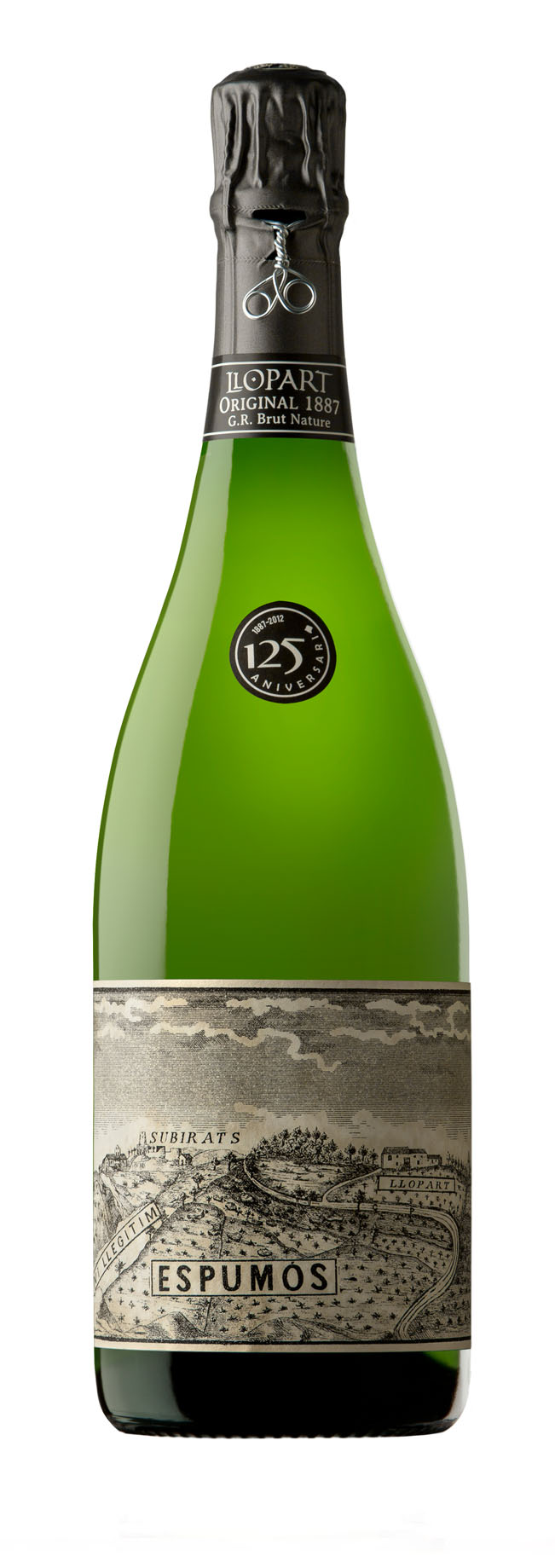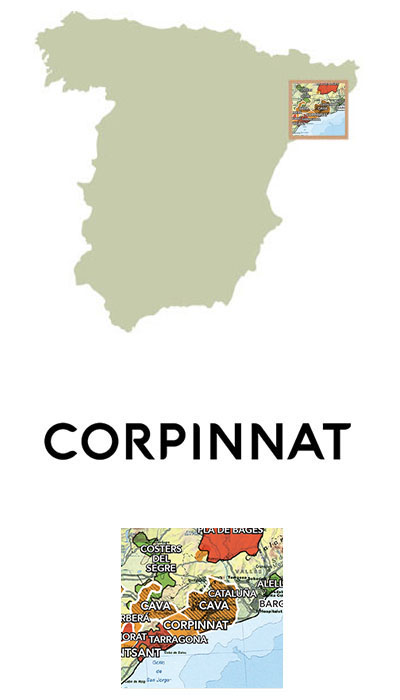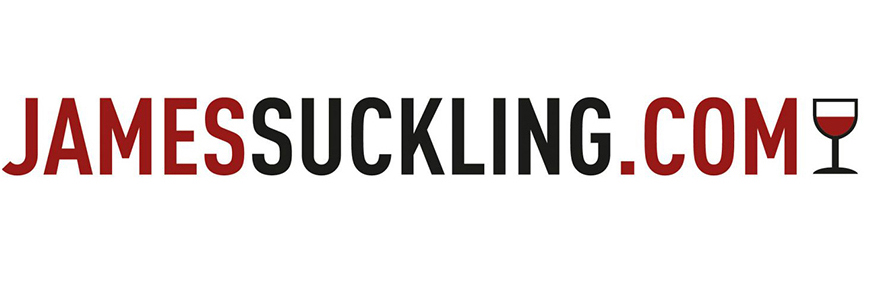Llopart, S.A.
Llopart Original 1887 Brut Nature




Downloads
Bottleshot - Shelftalker-2009-Vinous.pdf - Shelftalker-2010-Dunnuck.pdf - Shelftalker-2011-Dunnuck.pdf - Shelftalker-2011-WineAdvocate.pdf - Shelftalker-2011-WineEnthuiast.pdf - Shelftalker-2011-WineSpectator.pdf2013 Vintage
94pts

2012 Vintage
93pts

2012 Vintage
94pts

Denominacion de Origen
Corpinnat
Location
Can Llopart de Subirats, Les Flandes, Llopart
Varietal
50% Montónega, 25% Xarel-lo, 25% Macabeo
Vineyards
Montònega 50% (Vineyard del Ticu from 1935), Xarel·lo 25% (Vineyard Pere de Can Ros from 1934 and Vineyard de l’Isidoro from 1981), Macabeu 25% (Vineyard Pere de Can Ros from 1934)
Year(s) Planted
1935, 1934 & 1981, 1934 respectively
Viticulture
Llopart owns 250 acres (102 Ha.) of estate vineyards planted on mountainsides using exclusively sustainable organic agriculture. The vineyards for Original 1887 are all head trained and dry farmed.
Soils
Rocky calcareous clay soils of a sandy texture with limestone and dolomite mother rock originating 20 million years ago. The Llopart vineyards combine steep slopes and terraces.
Climate
Mediterranean climate - 280 mm of rain per year, 2,450 h/year of sunshine, average min/max temperatures- 4.5ºC (40F)/22ºC (72F), Average temperatures 13.25ºC (55.8F)
Winemaking
Methode champenoise. Hand harvested grapes are cooled at the winery to 14 degrees Celsius. Whole cluster pressed with very gentle levels of pressure, 50% of the first press is used. Base wines are vinified via spontaneous fermentation in small lots ranging from 1,000L to 5,000L to maintain segregation of the vineyard parcels in the cellar. Base wines are aged in tank sur lie for a short period of time before being racked to bottle. Secondary fermentation is carried out in the bottle, manually riddling.
Aging
Aged in bottle for over 108 months.
Comments
As one of Spain's oldest wineries and its second oldest producer of sparkling wine, Llopart sought to produce a cava in the style of the wines that the current family's ancestors elaborated in 1887, over 130 years ago. A selection of their oldest and highest altitude mountainside vineyards planted with the oldest clones of Penedès' most important indigenous grapes yield an extremely traditional and refined sparkling wine that is aged for 60 months minimum in bottle. The label is the same design that can be found on the oldest bottles in the family's cellar, dating back to the winery's first vintage of 1887. One of the few designated "Cavas de Paraje," the highest designation of quality a Spanish sparkling wine can achieve.